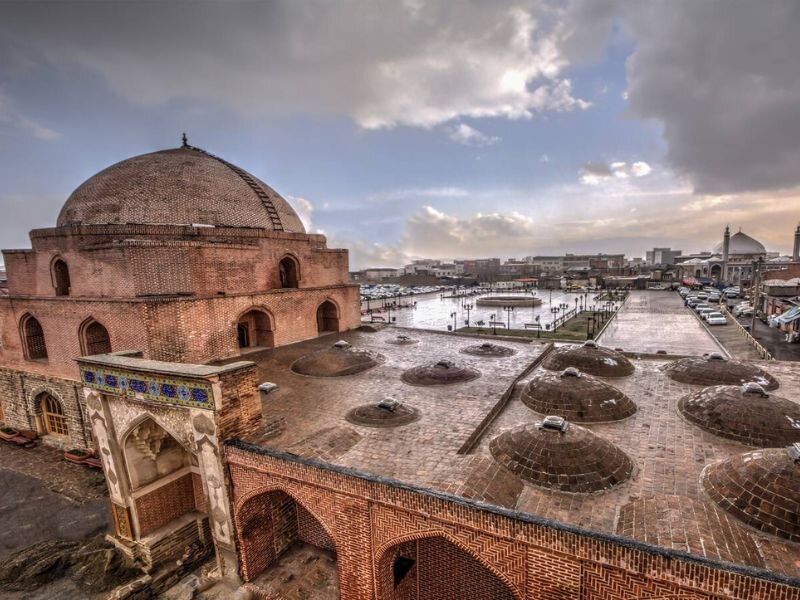Archaeologists investigate Jameh Mosque of Urmia

TEHRAN – Little archaeological work has been carried out at the Jameh Mosque of Urmia, as experts believe the mosque in northwest Iran bears cultural heritage from various eras.
“Structures discovered in the previous rounds of excavation should be reviewed in terms of chronology and function,” archaeologist Said Sattarnejad said on Wednesday.
In that regard, the results of the current excavations in the Urmia Jameh Mosque indicate some previously unearthed structures have no ritual-religious connection with the mosque and were generally in line with the water transfer and channeling system, the archaeologist said.
“The Jame Mosque of Urmia is considered one of the oldest mosques in the Azarbaijan region of Iran, which has been renovated and added to its architectural structure during different cultural periods, and is one of the most beautiful and significant historical mosques of the country.”
He said archaeological excavations in this mosque had started a couple of years ago and have continued until now. “In these excavations, evidence of architectural remains of different periods has been obtained, and the current excavation is aimed at completing and revising the results of the previous excavations.”
“We have recently found some architectural remains belonging to the middle and late Islamic centuries,” Sattarnejad said. “These architectural works have been made of stone, brick, plaster, and clay materials. The spaces are often small in size…”
The terms “Jameh Mosque”, “Masjed-e Jameh” and “Friday Mosque” are used in Iran for a grand communal mosque where mandatory Friday prayers are performed: the phrase is used in other Muslim countries but only in Iran does it designate this purpose.
AFM
Leave a Comment